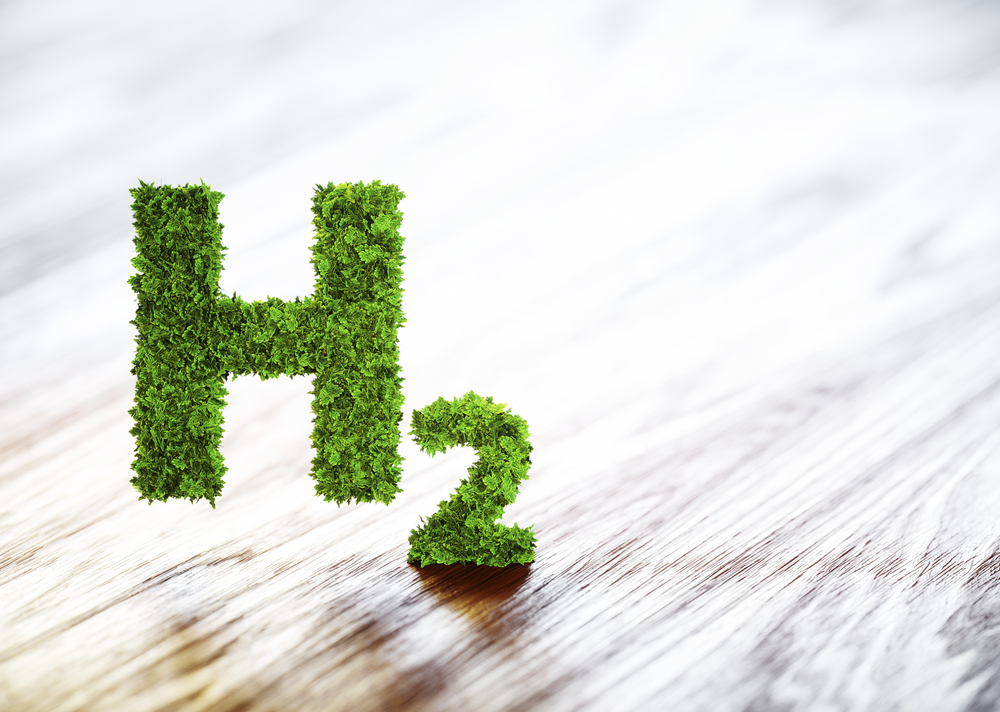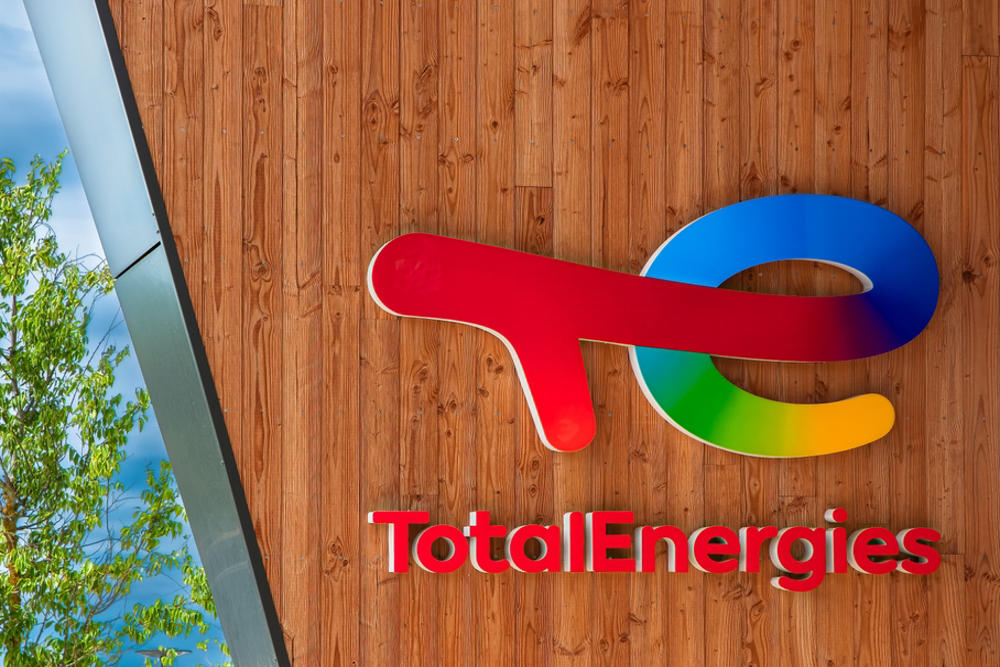
Nanuk Asset Management (Nanuk) has detailed in a recent webinar presentation to Australian financial advisers the challenges facing green hydrogen that limit its current investment potential.
Green hydrogen is hydrogen generated by renewable energy or from low-carbon power and is seen as being crucial to achieving net zero carbon emissions.
It is an area of focus for Nanuk, but not an area of significant investment today.
Nanuk chief investment officer Tom King said: “Our research is directed towards identifying good quality, sustainable businesses that are both benefiting from evolving industry trends and have attractive investment return potential.”
“If the world is to reach net-zero emissions, green hydrogen will eventually play a significant role, but similarities with other sustainable technologies suggest that it is unlikely to deliver strong investment returns.”
“While interest in green hydrogen has increased significantly, the high costs of producing and transporting green hydrogen and the lack of infrastructure render green hydrogen uneconomic today without significant subsidies.”
According to King, green hydrogen at present is substantially more expensive when compared to hydrogen that is produced from fossil fuels, and substantially more expensive as a source of energy than natural gas.
He said achieving widespread adoption relied on very significant cost reduction over time.
King continued: “Furthermore, the capital intensity and relatively low barriers to entry mean that most companies involved in the hydrogen value chain are unlikely to live up to high expectations for future growth and profitability.
“In the short term the most likely beneficiaries of government funding programs for hydrogen projects are likely to be the developers of large scale projects for on-site usage, a space dominated by the incumbent industrial gas leaders such as Air Products and Chemicals and Air Liquide, in which the Fund currently holds a position.”
This report by the Intergovernmental Panel on Climate Change (IPCC) released last month warns global warming is headed for dangerous levels.
The IPCC says limiting global warming will require deploying alternative fuels such as hydrogen but the 2,913 page report also highlights the significant challenges facing the production and use of hydrogen.
King said: “Hydrogen’s lower energy density and very low boiling point means that it attracts significantly higher transport and storage costs, especially when compared to natural gas.
“The reality is that hydrogen will only be viable in applications where electrification is not possible – we are very unlikely to be using hydrogen to heat our homes or fuel our cars.”
“That said, in the absence of cheap and scalable carbon capture and storage, there is no viable alternative to decarbonise many parts of the economy and hydrogen will inevitably play a significant role in decarbonising industrial processes and as a fuel or for making fuels for shipping and air transport.
“Governments across Australia have recognised this shortfall and their increased investments play an integral role in overcoming these economic challenges.”
King highlighted the significant need for capital investment by governments and industry to produce affordable green hydrogen.
He said: “To make green hydrogen an economically viable solution requires the industry to achieve massive economies of scale, requiring billions of dollars of investment in both production capacity and infrastructure.
“It will also require staggering levels of investment in renewable energy generation, over and above what is required to decarbonize existing electricity supply.
“In order to achieve the widespread adoption of green hydrogen in the multitude of applications necessary to reach net zero targets, we are eventually going to need a high carbon price.”
Alongside his assessments of the investment potential of green hydrogen, King has also highlighted other sectors and industries likely to experience significant growth.
He said: “Green hydrogen is far from the only solution available to decarbonise industry.
“The use of gas for heating in both buildings and industrial processes will largely be replaced by electrified heating solutions rather than hydrogen, and the substitution of high carbon emission products and feedstocks with more sustainable alternatives will also play a significant role.
“Where that is not possible then carbon capture and storage will also be used on a widespread basis, and unless things take a significant turn for the better, inevitably we are also going to rely of carbon sequestration to limit and control the level of greenhouse gases in the atmosphere.”
“In terms of capitalizing on the decarbonisation trend we see more attractive investment opportunities today in less hyped areas such as insulation and more energy efficient heating and cooling technologies.
“This is consistent with our general approach over the past year or so has been to focus on less prominent sustainable technologies and solutions where growth may be lower but is accelerating and valuations have been far more attractive – in areas like paper-based packaging.”











